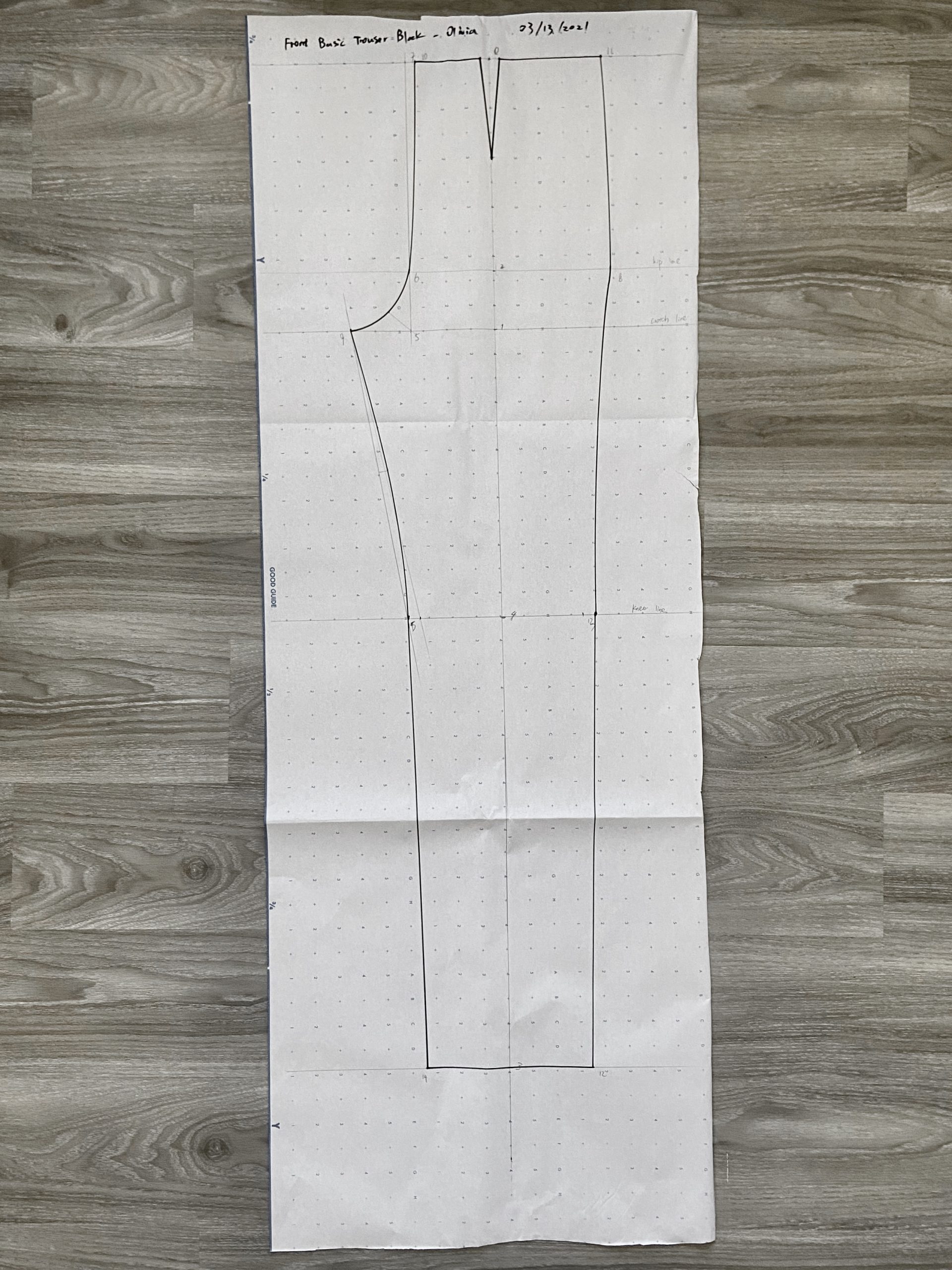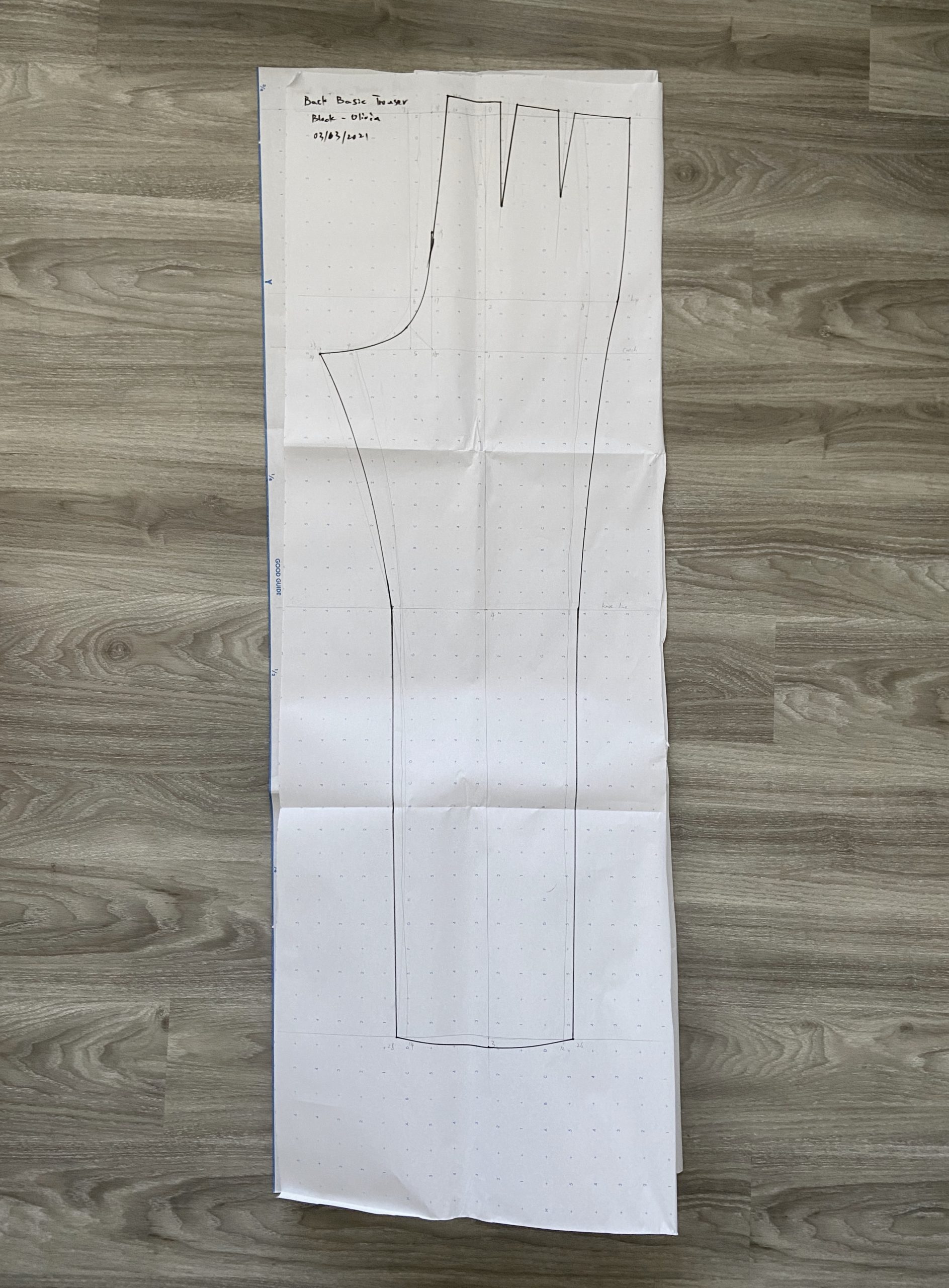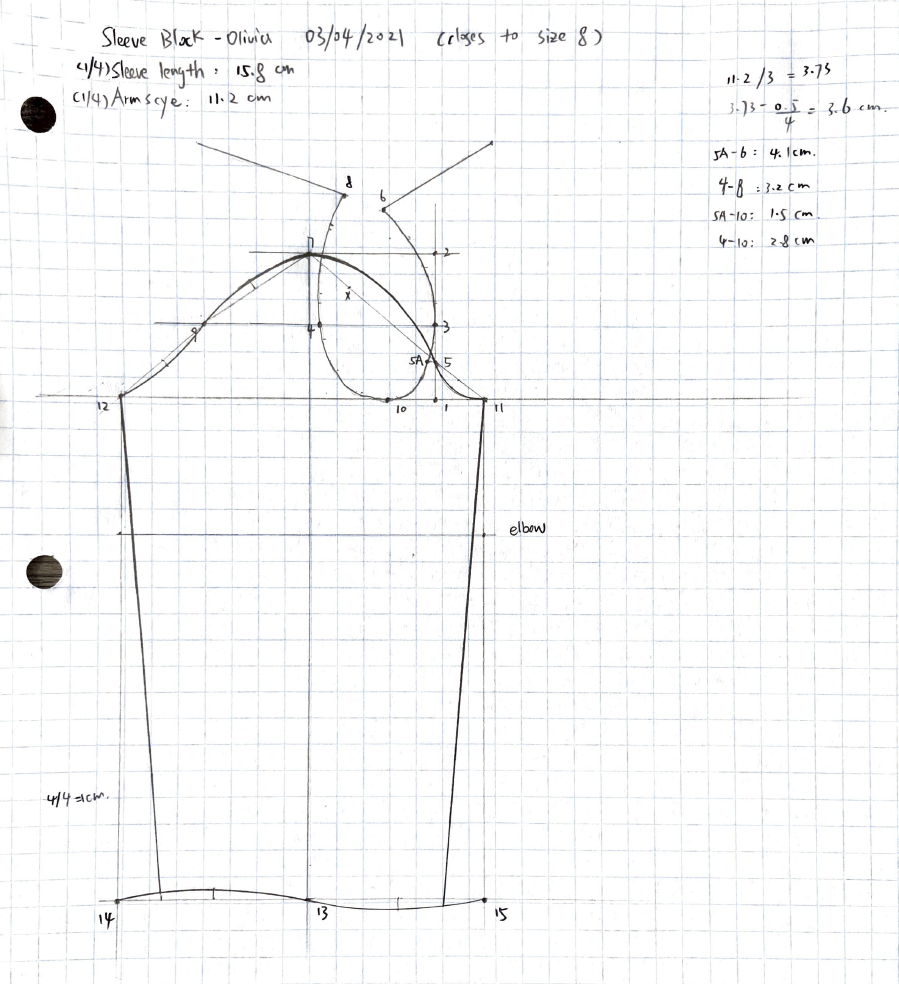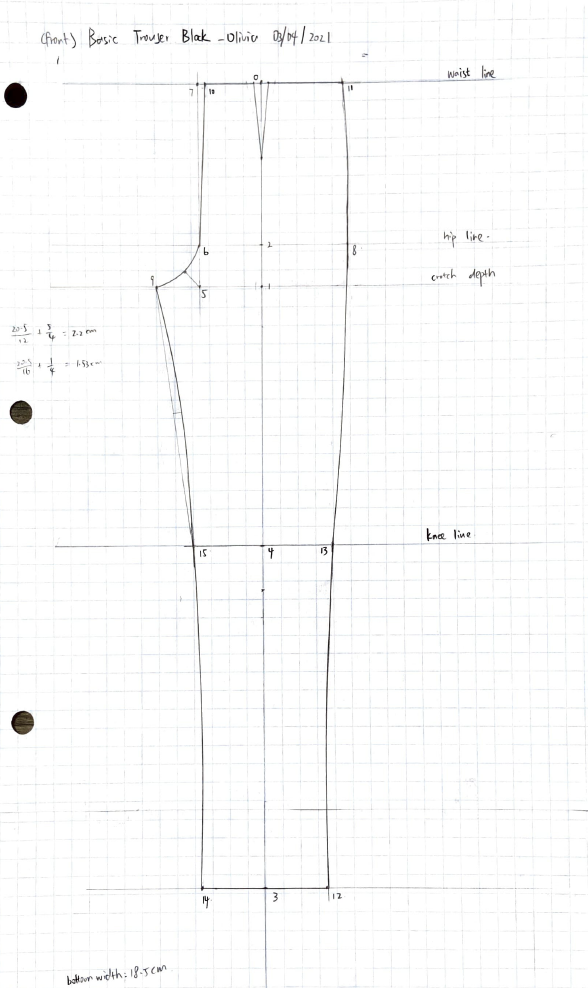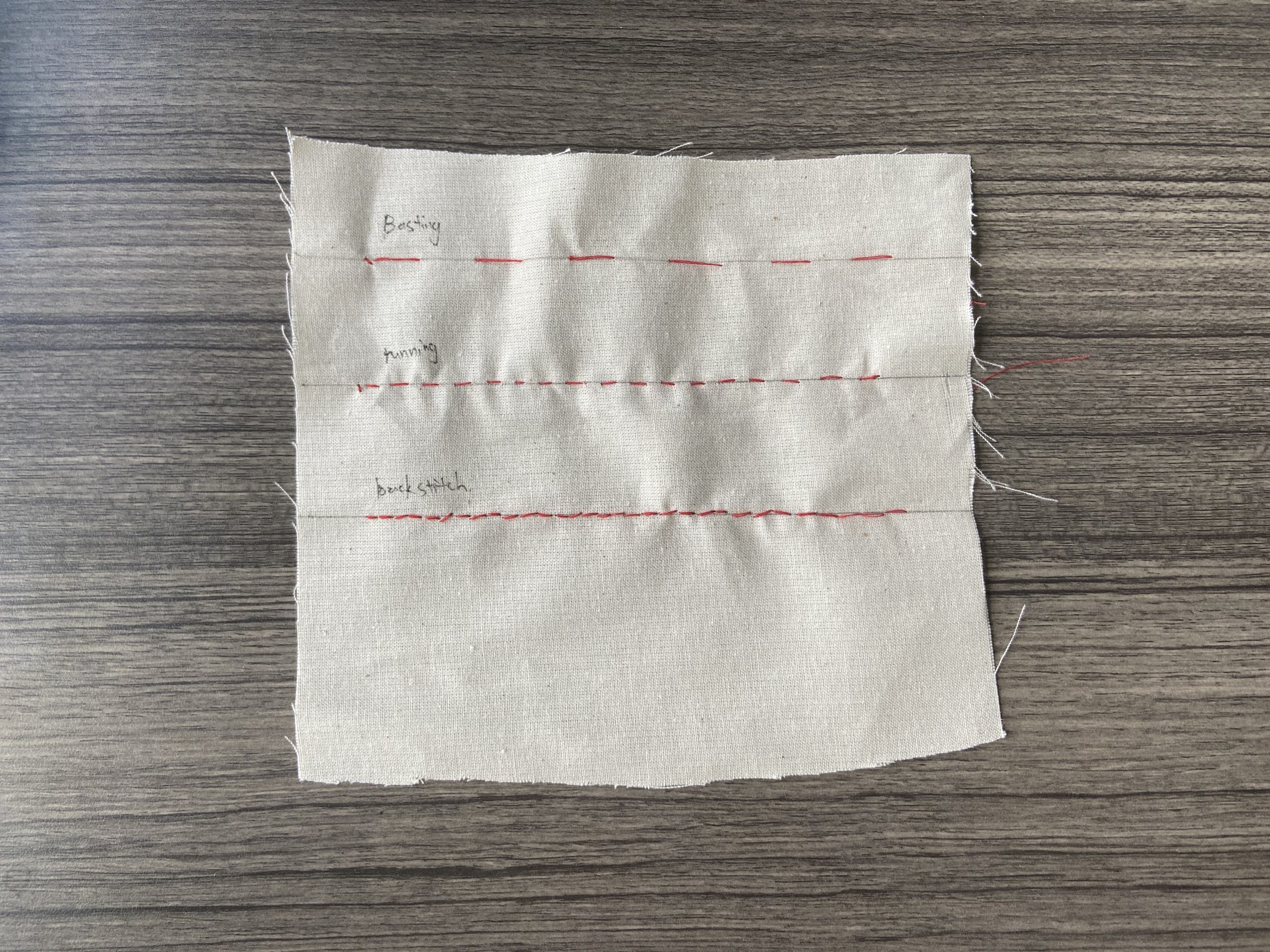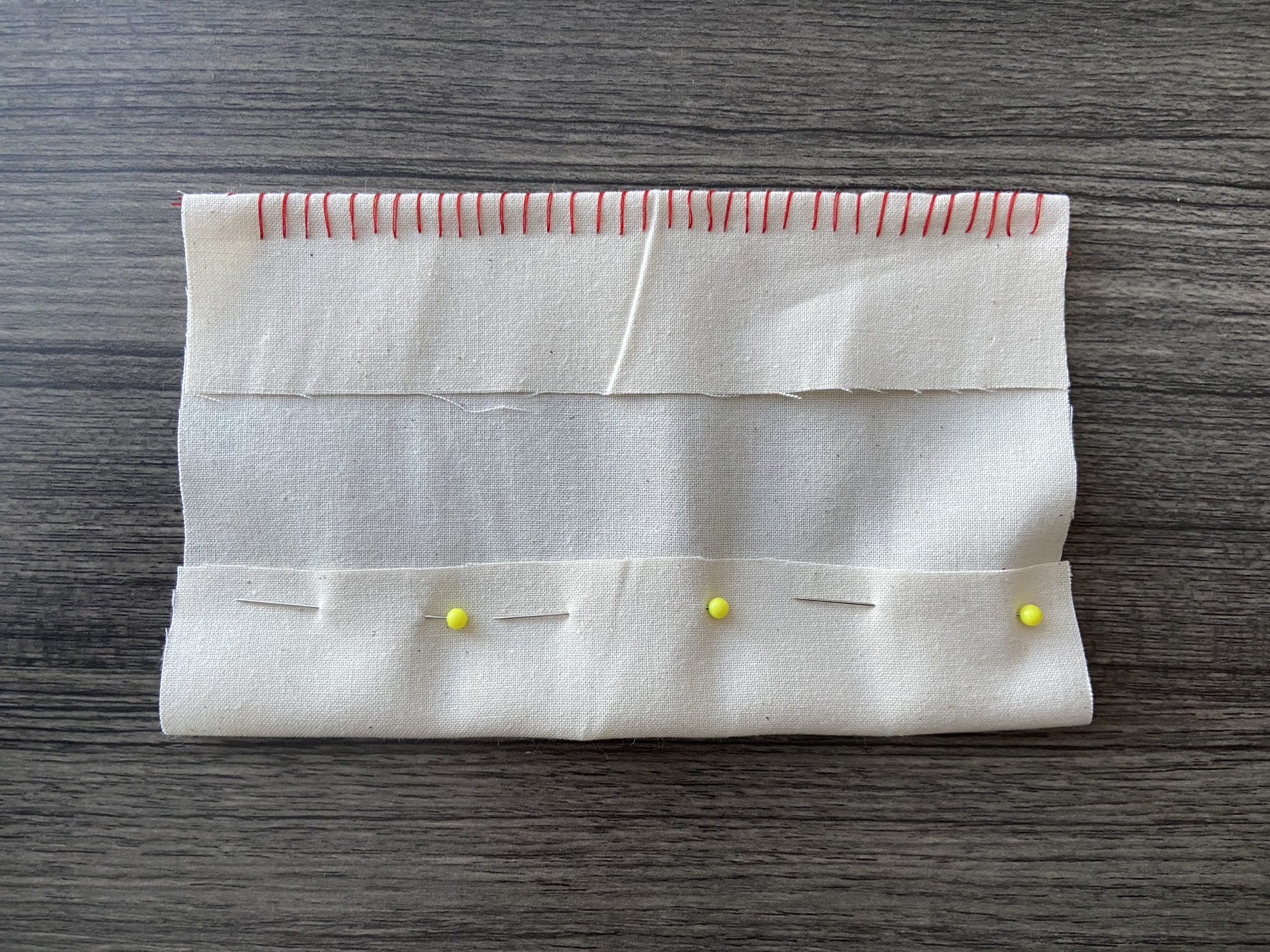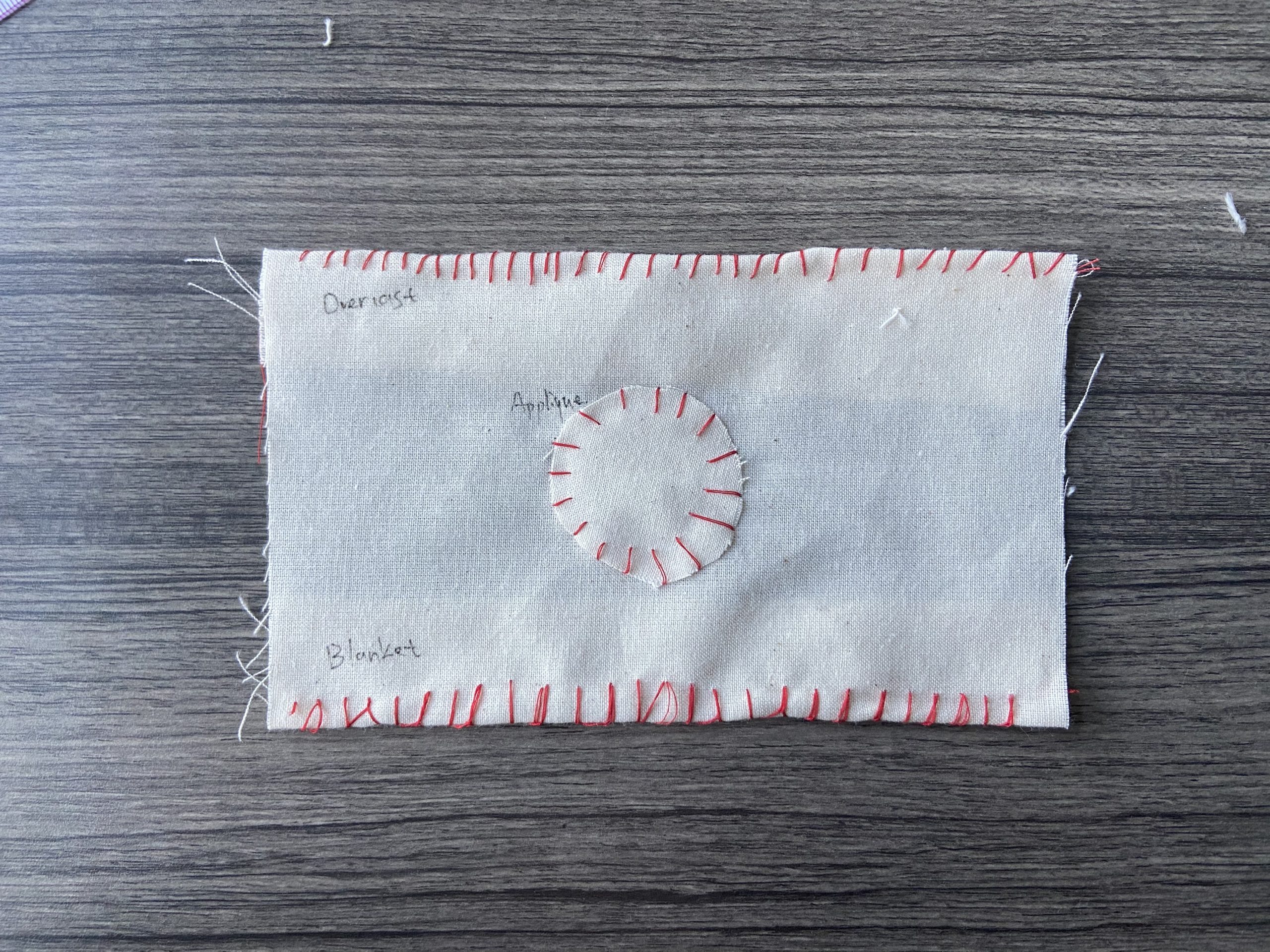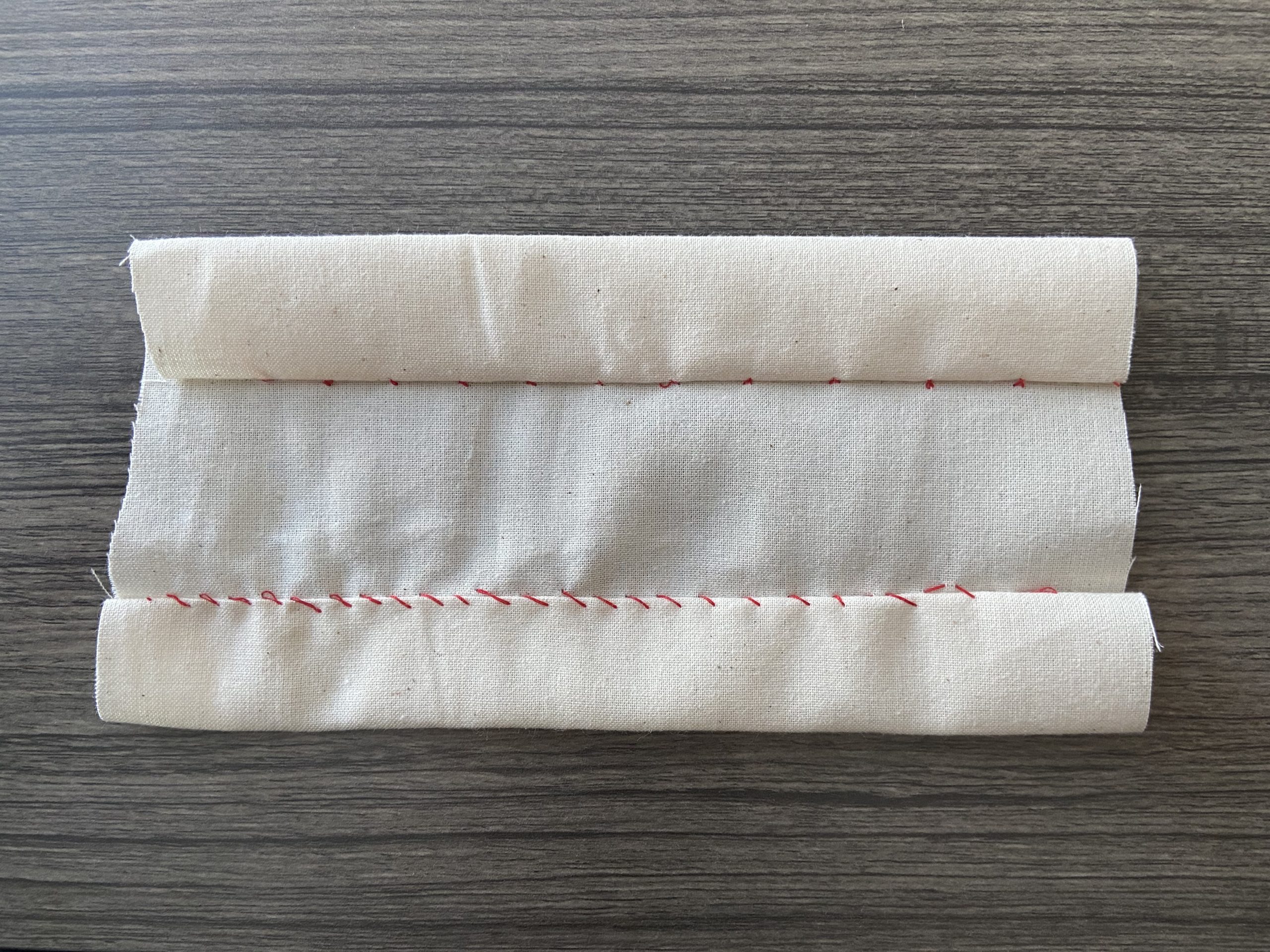Author: hmeng@andrew.cmu.edu
1/4 + Full-scale bodice & sleeves & trousers blocks – Sean Meng
Hand Sewing Samples – Sean Meng
Beginner Set:
1/4 Sloper block – Sean Meng


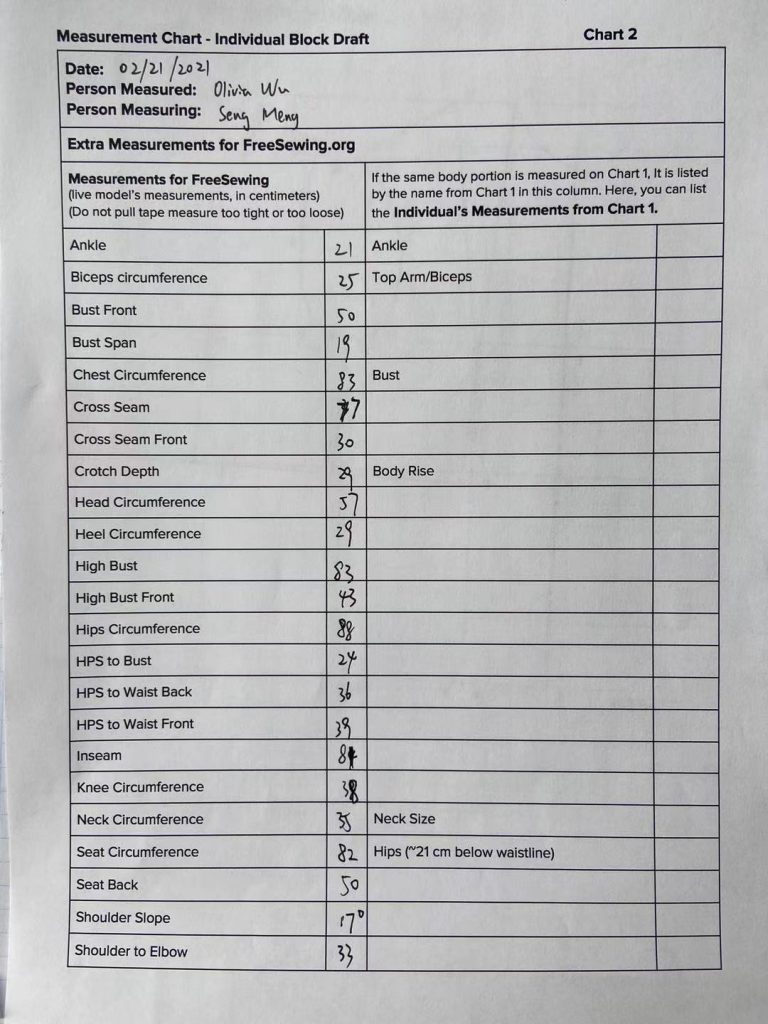

Dress Form_Sean Meng
The dress form took me longer than I expected. I think I used too much duck tape in order to ensure that the shell is stiff to hold the shape. Other than that, I’m happy with the overall results. I did run out of an entire can of great stuff which only fills less than half of the shell. I will need to get more soon. The neck and arms are sealed and the bottom base is going to be cardboard after I finish filling the shell with more foam.
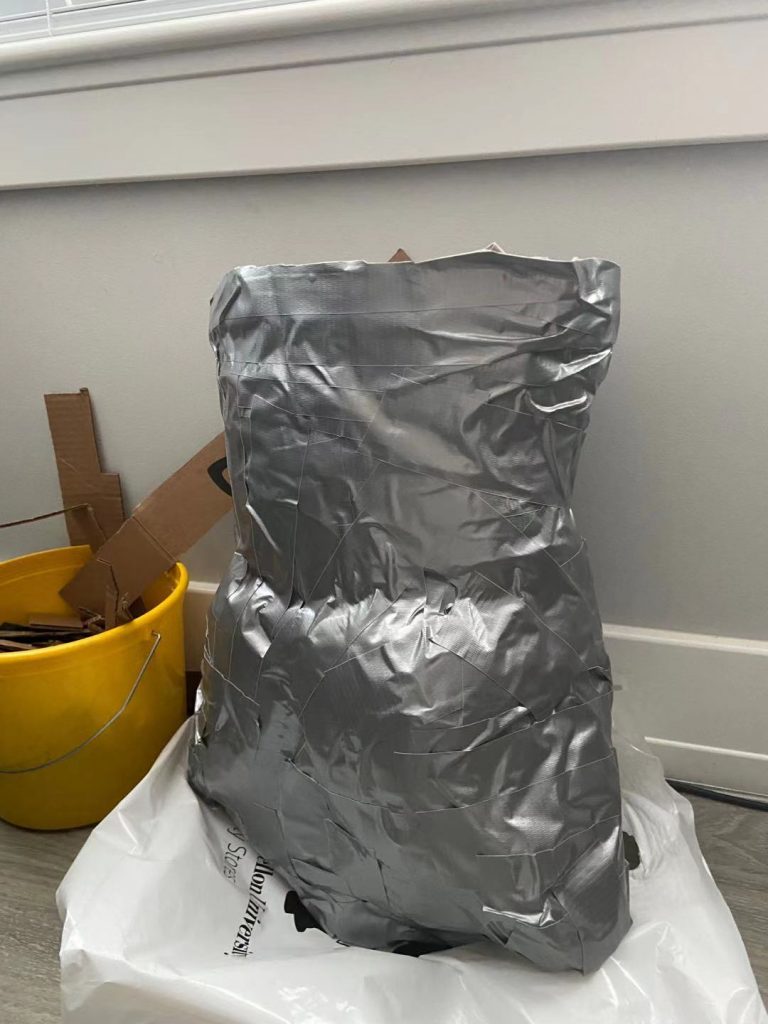
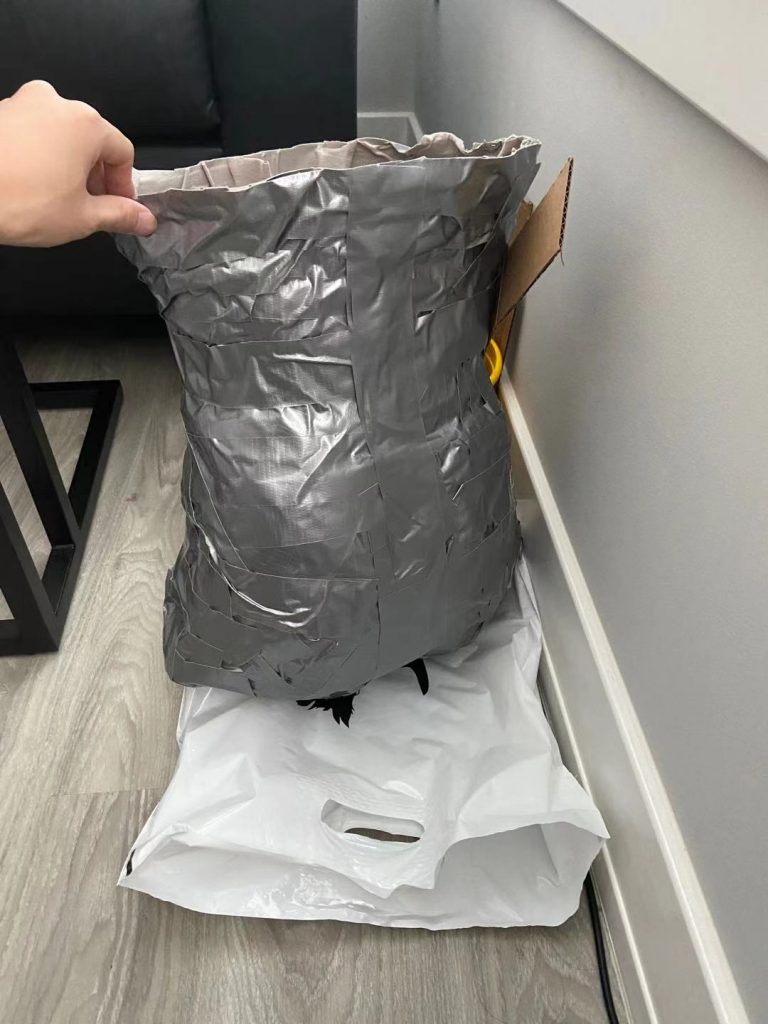
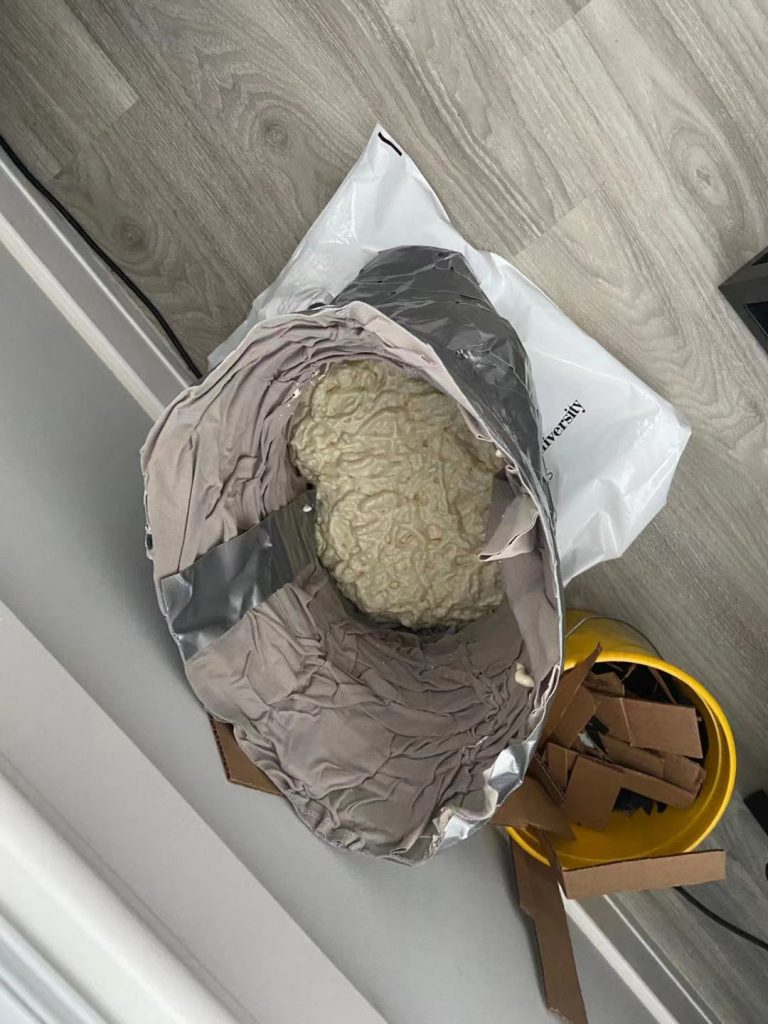
I finished it up with more spray foam and cardboard base. It can stand on a surface.
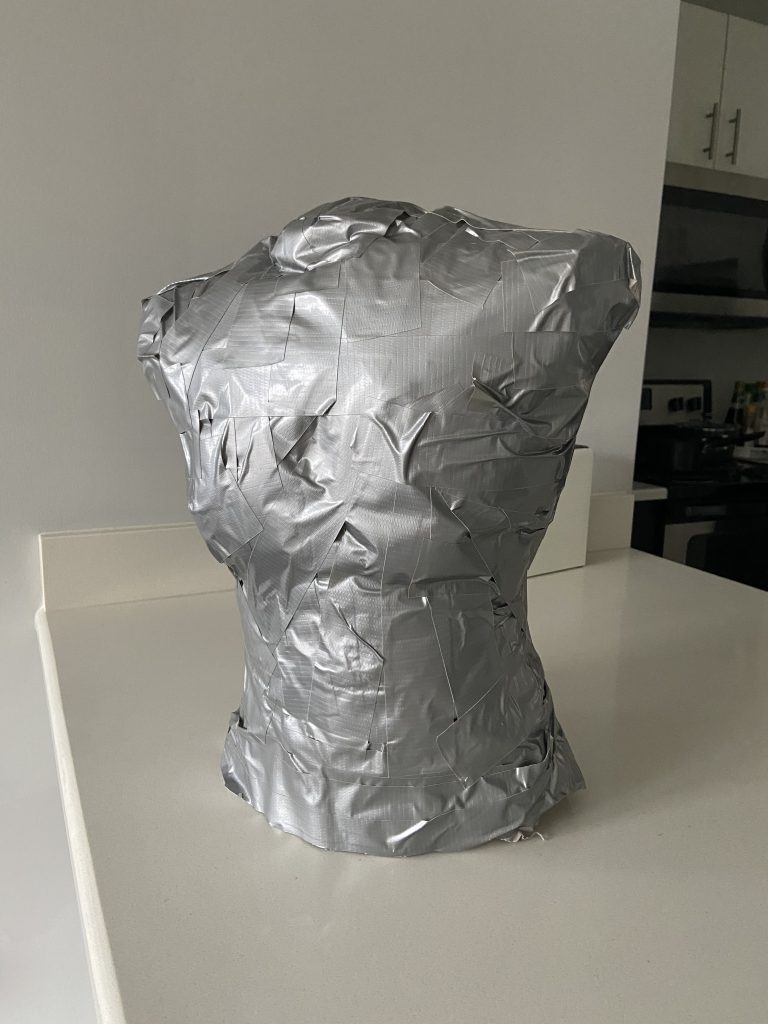
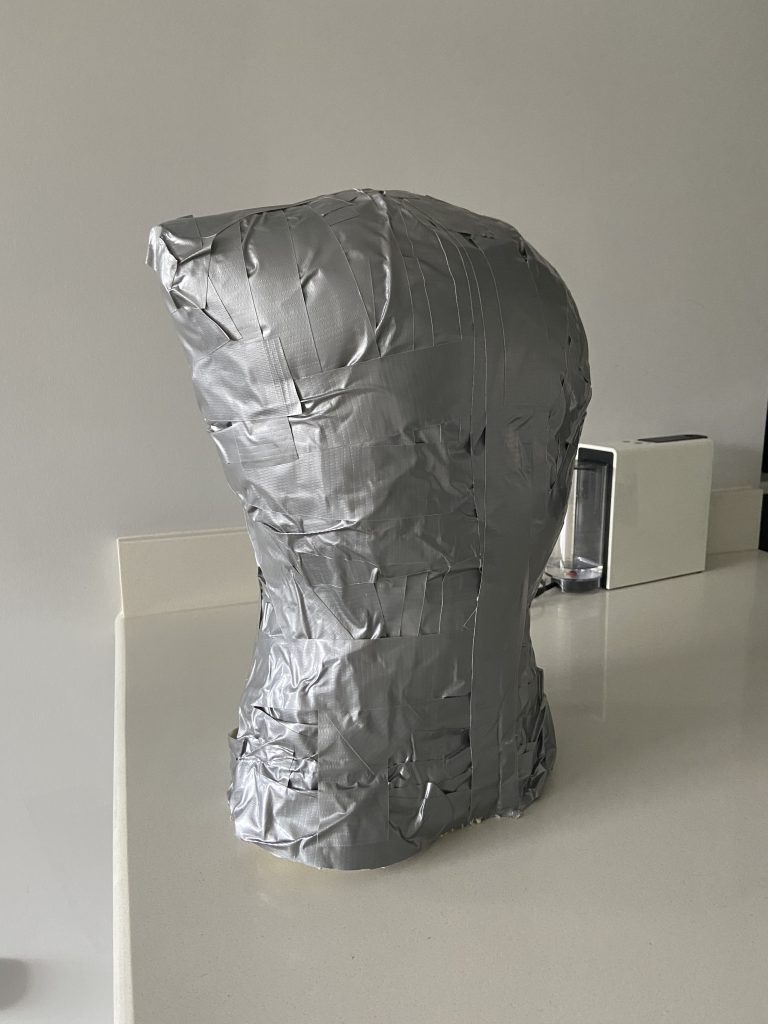
Cultural Garment_Sean Meng
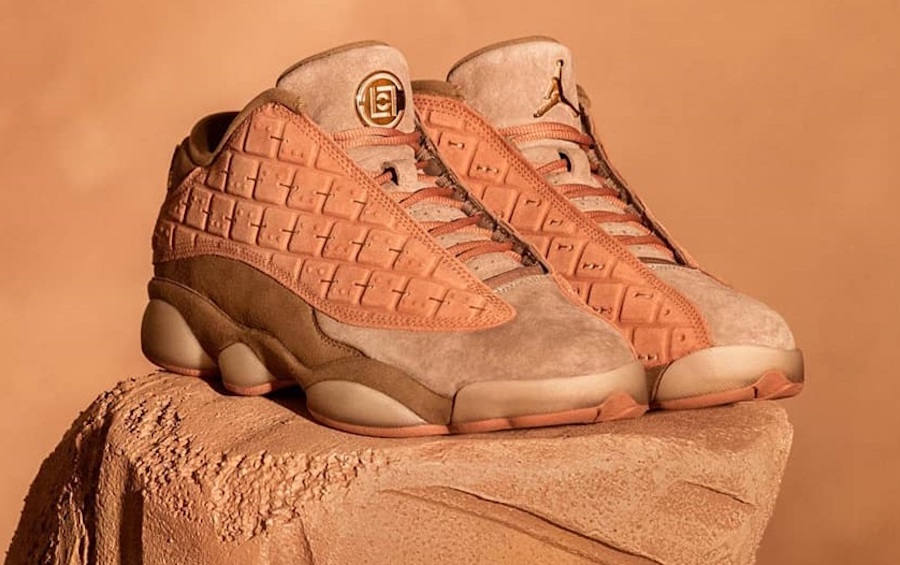

In the article, the author discusses traditional Chinese clothing evolution from the ancient period to the modern. While the garments’ formal appearance reflects certain social ideals and cultural identity, the drift of garment style inevitably forms and influences the aesthetic of the specific period. With historical and social movement stimulating this drift, modern clothing detached from the traditional form and techniques from ancient dynasties. Most apparently influenced by Western culture, formal robes and dresses were simplified to jackets and pants. However, with the Hanfu Movement, people started to seek reconnection with ancient culture using the garment as a medium.
This attempt to bridge the present with the past is intriguing to me that while there’s a chance to revisit the past, it is still possible to celebrate the culture and history by letting it coexist with the modern. Over the recent years, an increasing number of Chinese designers such as Edison Chen strives to elevate the traditional Chinese clothing features using contemporary silhouettes and aesthetics. These designers emerged to bridge ancient and modern aesthetic, history and presence, and forgotten culture and habitual garments by endowing classic garment design new chances to be appreciated and recognized.
With the appreciation of traditional values penetrating our modern lives, there could be a stronger bond between nation and cultural identity. And there could be a chance where standard garment form keeps inspiring modern aesthetics under a coexisting scenario.
Wu, Juanjuan, and John E. Vollmer. “Overview: Han Chinese.” Berg Encyclopedia of World Dress and Fashion: East Asia. Ed. John E. Vollmer. Oxford: Berg Publishers, 2010. 109–120. Bloomsbury Fashion Central. Web. 06 Feb. 2021. <http://dx.doi.org.cmu.idm.oclc.org/10.2752/BEWDF/EDch6019a>.
Garment Inspiration – Sean Meng
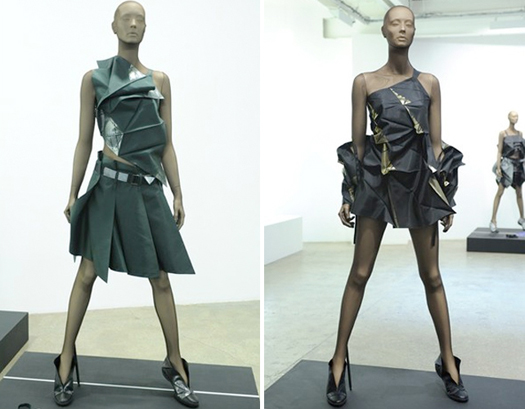
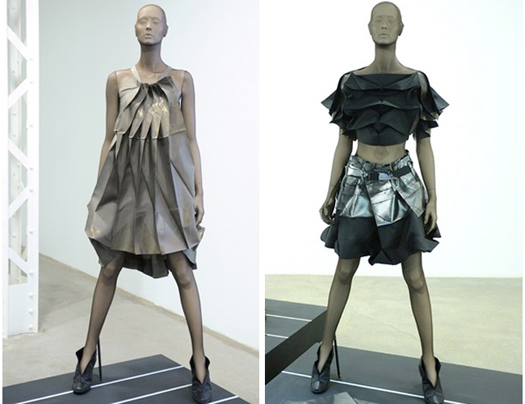

I’m personally super enthusiastic about fashion and clothing. Through the process of observing and experimenting, I found that the pattern design of the garment is artful itself. Even with little changes and thoughts put into pattern design, designers are able to create amazing silhouettes and forms.
These pictures well illustrate the possibility of garments that pattern design allows. With these origami-inspired folding patterns, Issey Miyake turns the flat fabrics into something that owns volume. Even with rather muted color and texture, the garments stand out for their unique expression of geometry. Moreover, the idea of morphing folding paper into a wearable garment is inspiring in a way that opens up a new perspective of designing: Instead of only focusing on creating 2 dimensionally, designers can actually look into the various materiality of fabrics and design based on their own uniqueness such as foldable, transluscent, and sitff, etc.
